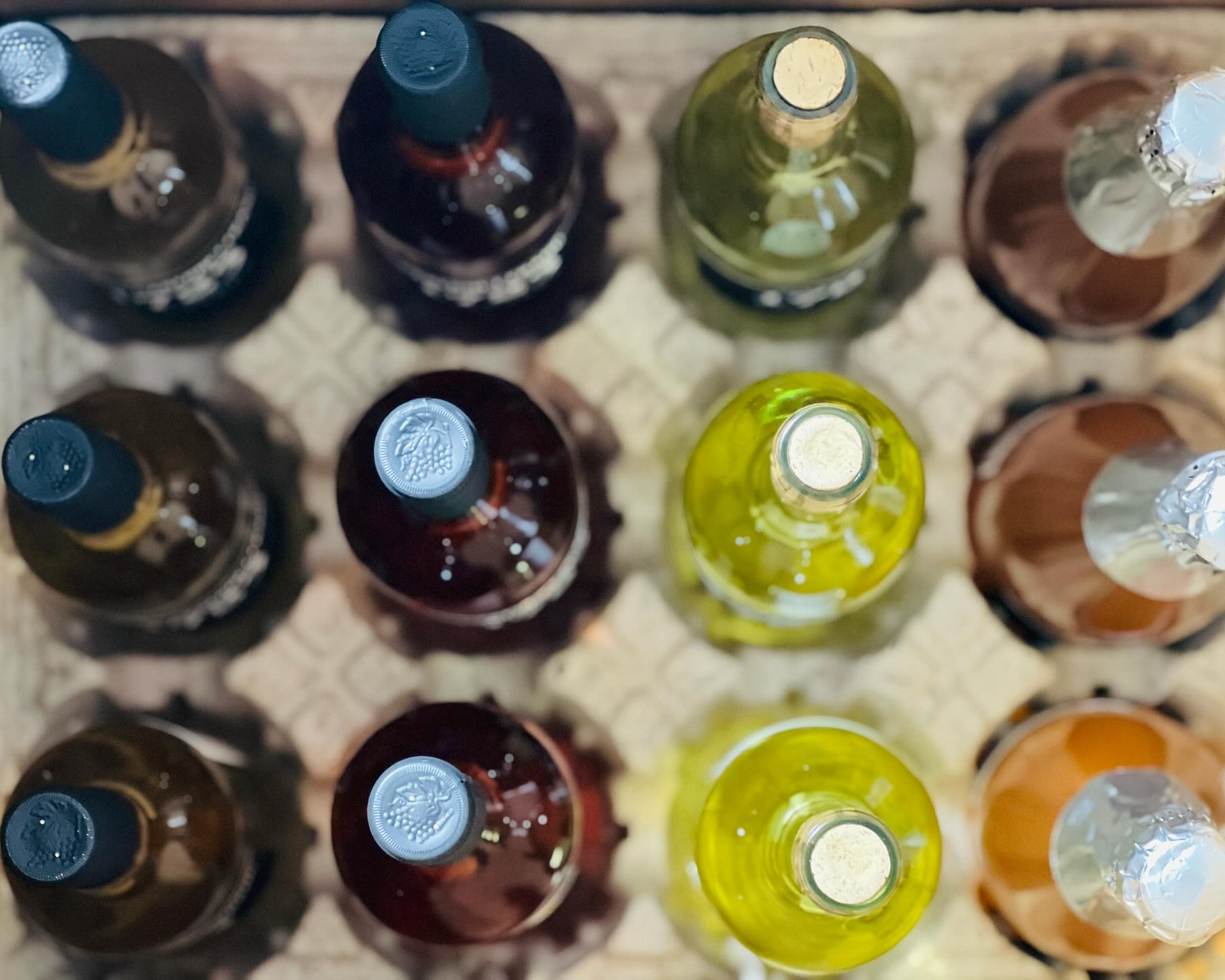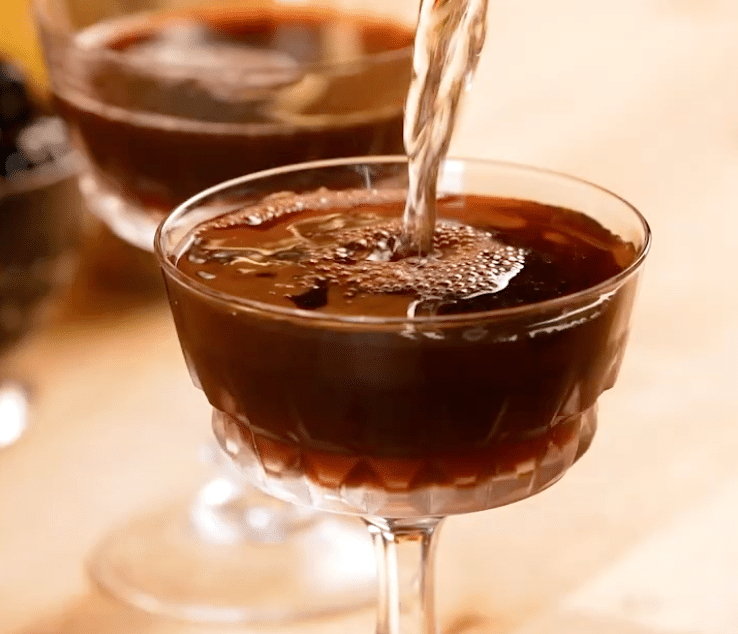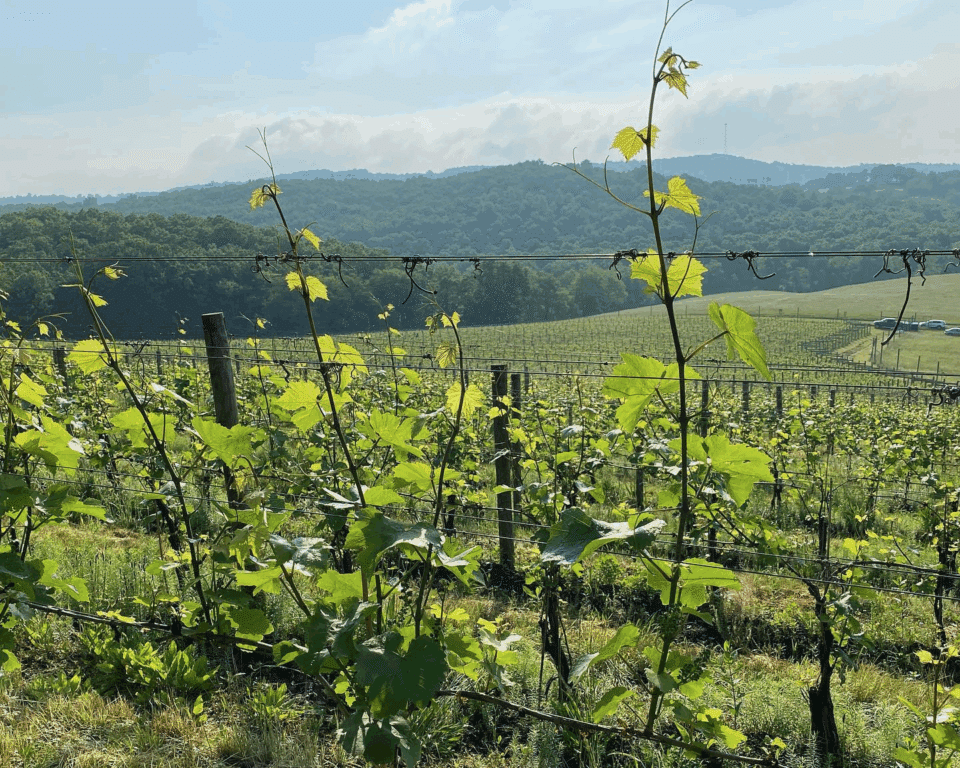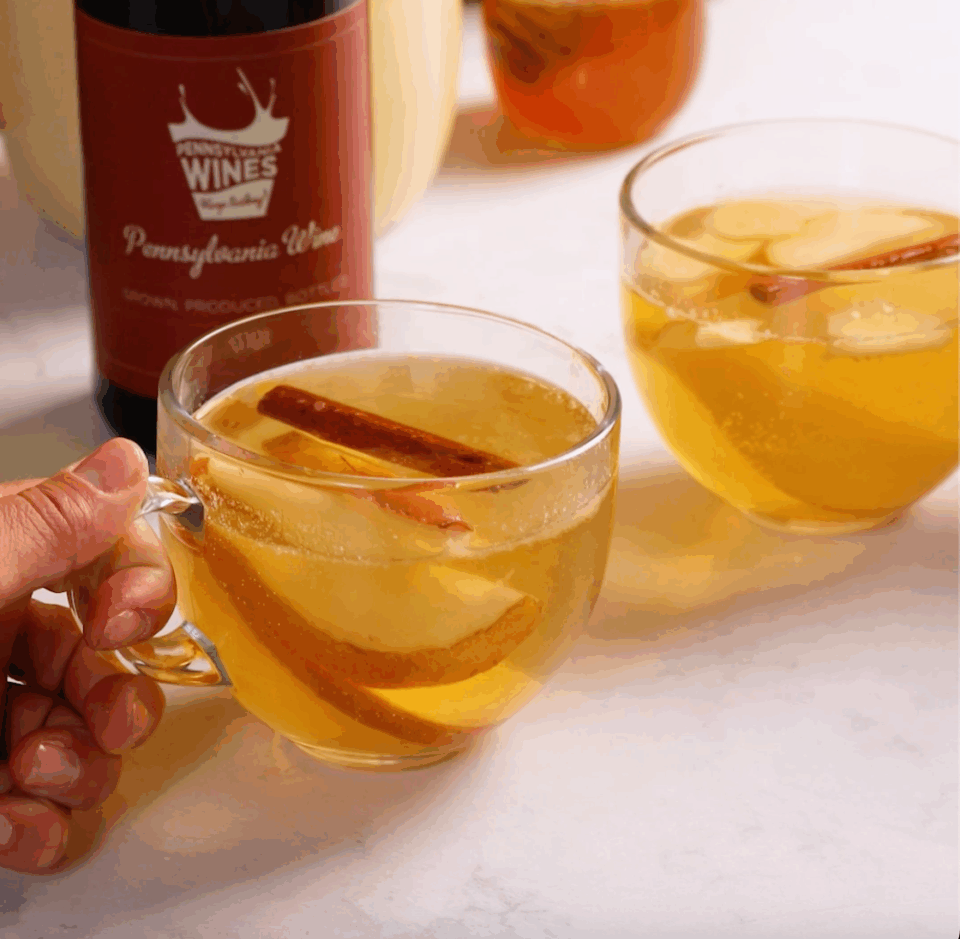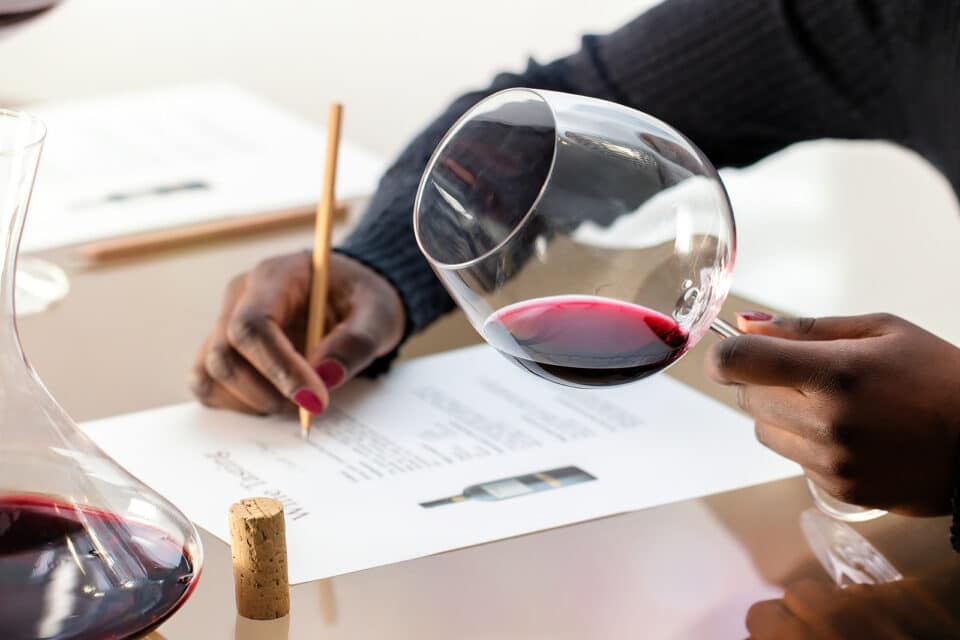Ben Cody of 1723 Vineyards is forging a new path in winemaking. Though he’s a fifth generation farmer, he’s relatively new to viticulture and enology. Together with his fellow winemakers in the Brandywine Valley in Southeastern Pennsylvania, he’s helping to advance the craft and identity of the region.
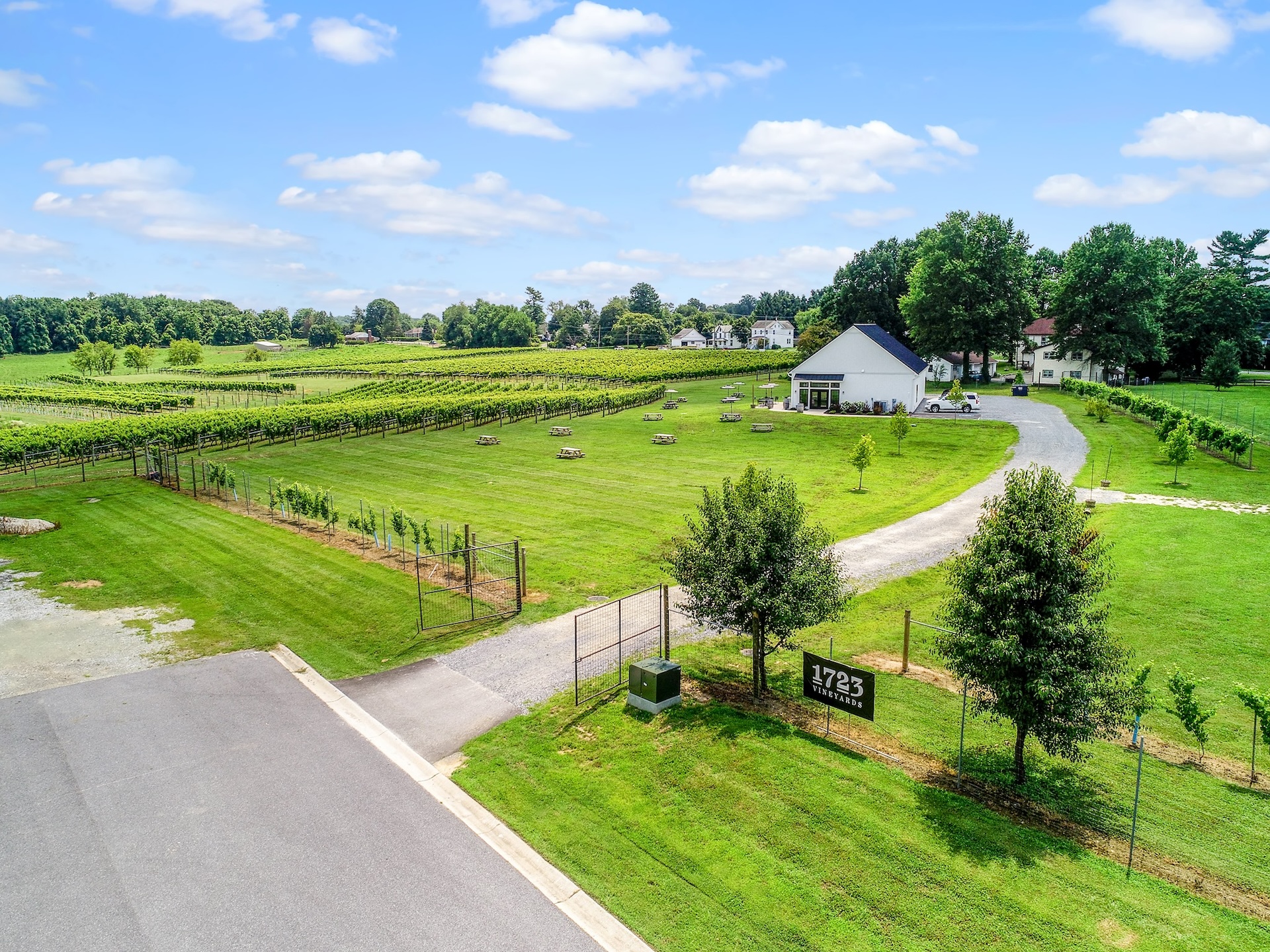
We spoke with Cody about his evolution as a winemaker in Southeastern PA, the formation of the Brandywine Valley PVA and the wines he feels best express the unique qualities of this corner of the Commonwealth.
Establishing 1723 Vineyards
Cody and his wife, Sarah, share Midwestern farming roots and a love for wine. They met on the East Coast and, after dabbling with winemaking, got “bit by the bug.” The two planted their first vines in 2015, opened 1723 Vineyards in 2018 and have been cruising along ever since.
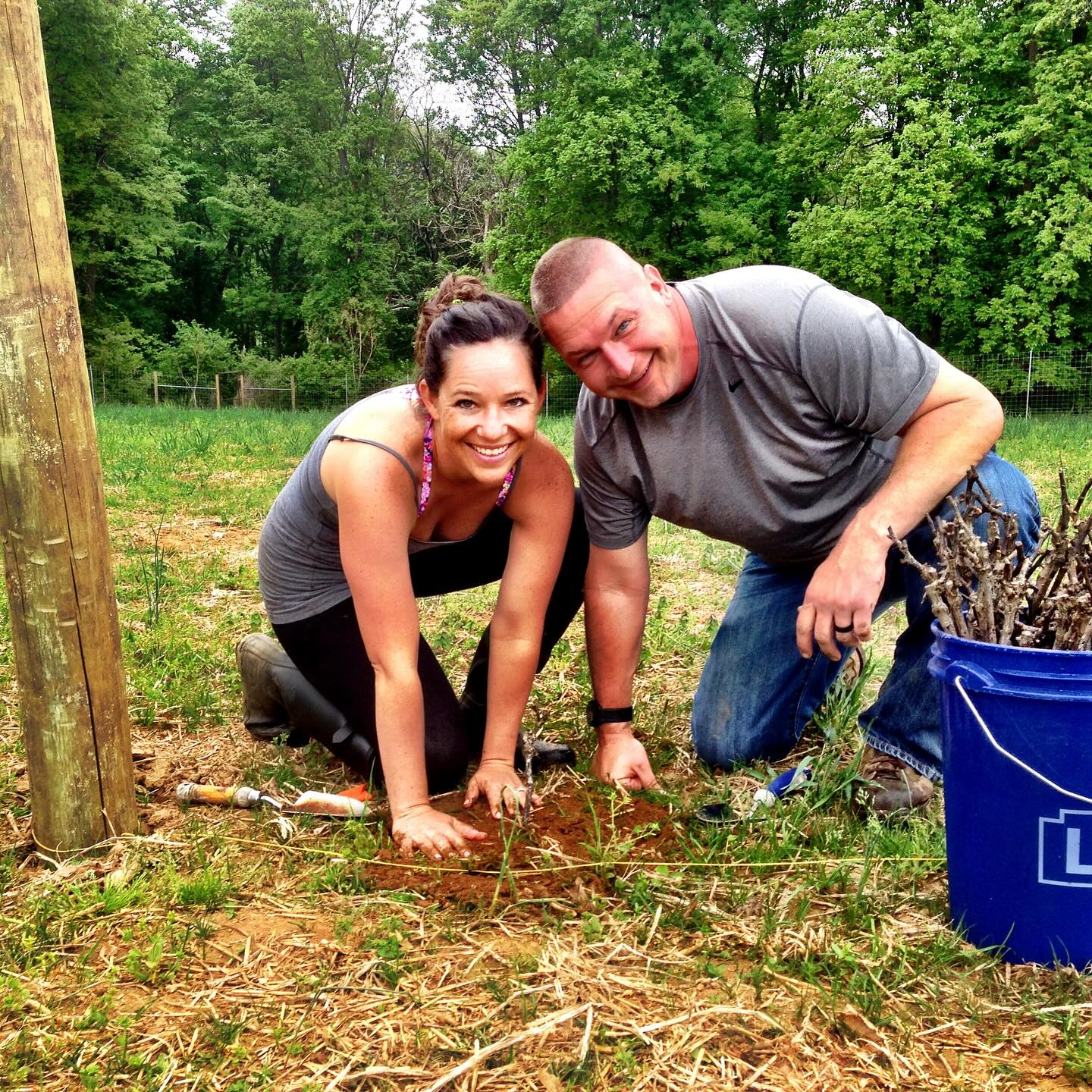
Sarah and Ben Cody planting Chambourcin in 2015
Cody’s background and observations taught him to work with climate and terroir. In 2012 and 2013, when a particularly harsh winter wiped out grapevines all along the East Coast, Cody took note. He planted his own vineyard with cold-hardy vinifera and hybrids, and continues to adjust his course in order to grow the best grapes his site can produce. “You’ve got to choose grapes that you can make great wine with,” he says.
1723 Vineyards spans seven acres with a variety of well-suited vines. It’s an estate winery, with all the fruit grown, harvested and processed on the premises. “I’ve never bought a grape in my life,” Cody says.
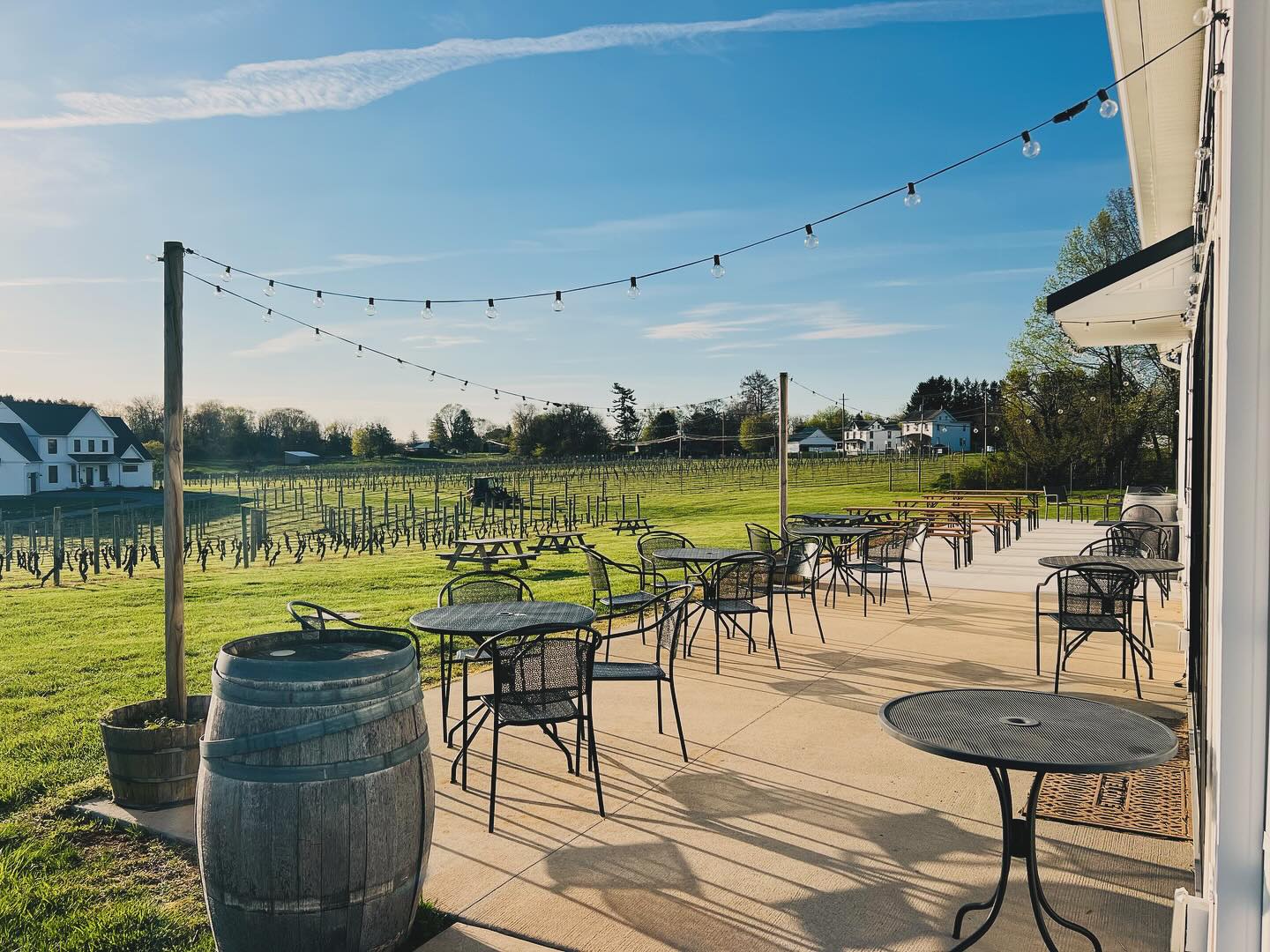
He and Sarah emphasize community and connection at their small winery. “We like to spend time with folks when they come in,” he says. There’s a tasting room, a patio, a production room where you can sit amidst the wine tanks and vineyard seats that are first come, first served.
The PVA’s Characteristics
The Brandywine Valley PVA has a humid continental climate. “Hot, wet summer and a cold, hard winter,” Cody says. Its topography includes undulating hills, forests with some ravines and sprawling fields and meadows. The region is a watershed with the Brandywine Creek running through to the Delaware River and the Chesapeake Bay to the far west.
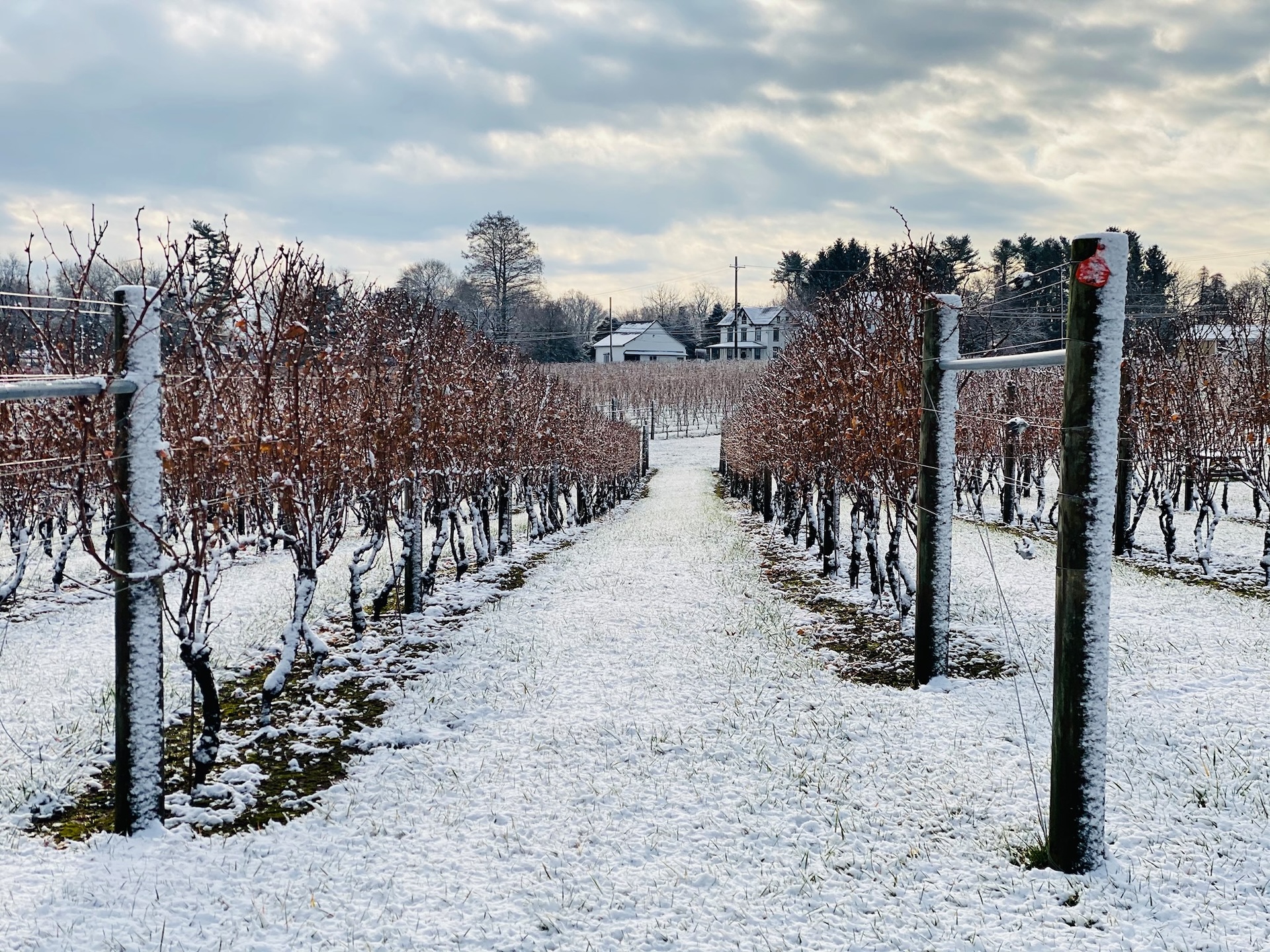
Soil-wise, Cody says the PVA has pretty heavy soils, “in the sense that they’re predominantly clay and silk-based soils.” He says, “I believe you can make some amazingly powerful whites in those soil types, and they’re abundant here.”
As a traveling cyber security professional by day, Cody has visited some of Europe’s most storied growing regions, learning firsthand which resemble Pennsylvania’s climate and terroir. He mentions the Italy-Switzerland border including the Valais region, Austria with its famed Grüner Veltliner and Rías Baixas in Galicia, Spain, known for crisp, bone-dry Albariño.
Cody says, “I think a lot of people here have a tendency to try to re-create this big California style of red wine. There are probably a few sites, here and there, where you might get close to that, but I’m a big believer in embracing what the region is all about. I talk with folks from South Africa, Argentina, France and other international regions and the first thing they say about the Brandywine Valley is, ‘This is white wine country.’ And that’s good news because the industry is gravitating that way.”
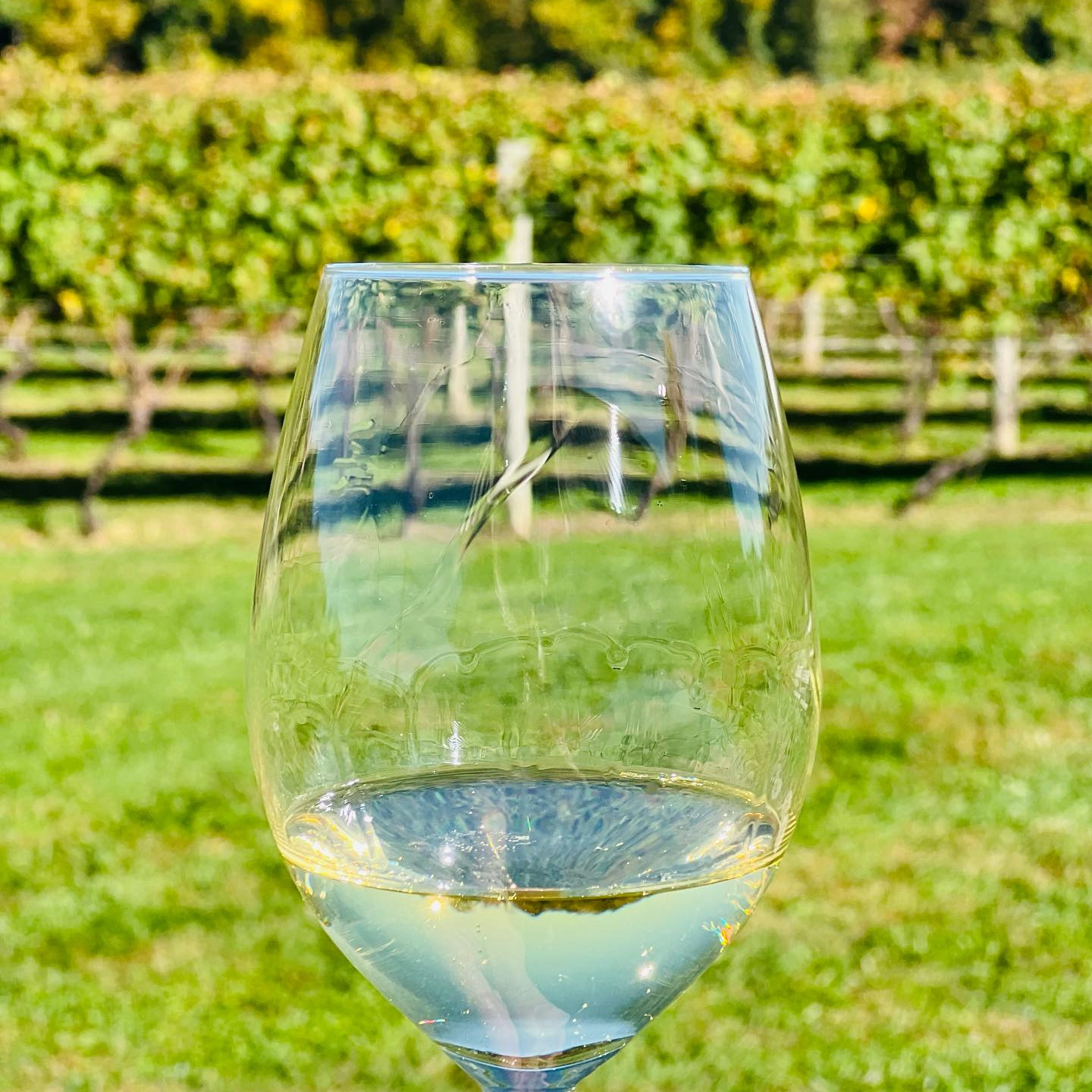
“It doesn’t mean we can’t make some great reds here,” he continues. “There are certainly some. So much of the red wine flavor profile comes from the skins and the tannins. The more color the wine has, the more big, soft, supple tannins. And color is heavily impacted by the plant’s available water, so you’ve got to find a site that is excessively well drained to make a deep, dark red. Ed Lazzerini at Vox Vineti has a cool site and makes some robust red wines. And we can make some amazing medium bodied reds here, like Barbera and Cabernet Franc. But the Brandywine Valley PVA is not ‘big red wine country.’ I think the future stand-out offerings for us are going to be whites.”
The Grapes and Wines
The Brandywine Valley PVA is home to about a dozen wineries producing incredibly diverse portfolios. As Cody mentioned, many white wines from the region have earned accolades in recent years, including a 2023 Pinot Gris by The Inn at Grace Winery winning “Best White” at the 2024 Sommelier Judgement of PA Wines and a 2022 Chardonnay by Chaddsford Winery winning “Best White Dry Wine” at the 2023 Keystone Cup.
Which white varietals thrive? Cody says, “I’m a huge advocate of Albariño. The economics aren’t as good as some of the others because the yields are lower, but we’re making some great wines with it. Viognier is another that has done really well. Penns Woods makes an amazing Viognier and I’ve just planted it here. I also really like Chardonel for sparkling wine production. It’s super disease resistant. Petit Arvine, which Fred Merwath turned me on to, has amazing potential for the region. And then, of course, you’ve got Grüner Veltliner and Riesling.”
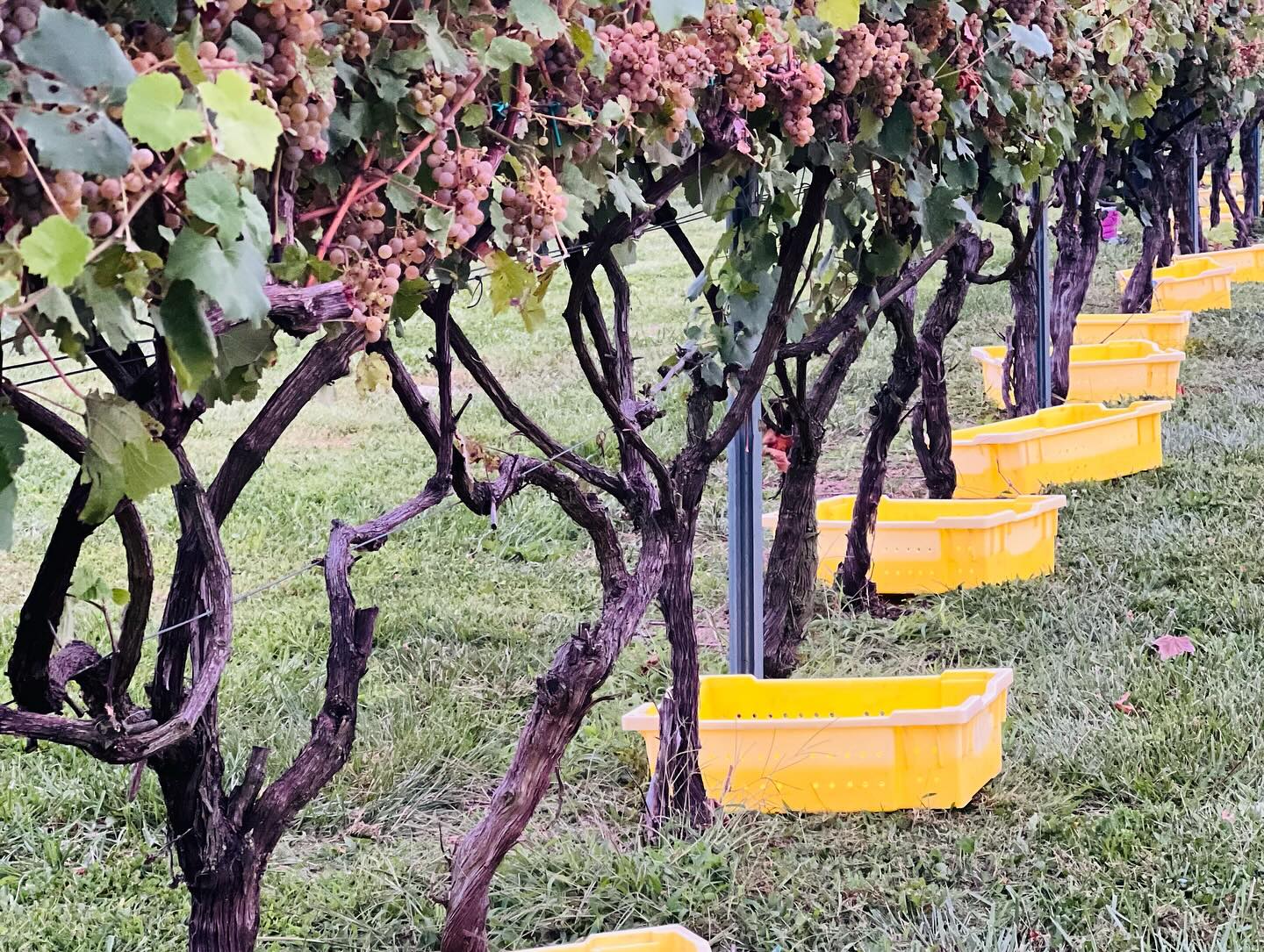
Alboriño grapes at 1723 Vineyards
Cody also points to Sauvignon Blanc, but says it may be too widely produced to become a signature cultivar of the region. “Everybody makes Sauvignon Blanc,” he says, “and I don’t know that we’re going to really stand out making it. But I think it can be a cool part of a winery’s lineup.”
As for reds, Cody doesn’t hesitate. “Cabernet Franc is about as good as it gets in terms of growing red vinifera,” he says. “It’s a work horse that does well across a wide variety of soil types and works pretty much throughout the state. It’s easy to build an identity around as a widely recognized cultivar. It makes a great wine and is very cold hardy with a tough vine. Not many people are doing Franc as a varietal besides in the Loire Valley in France, so I think there’s something there that’s up for grabs.” Case in point, Chaddsford Winery’s 2023 Cabernet Franc was designated top 10 wines in the state at the 2025 Sommelier Judgement of PA Wines. Cody has even made a white wine with the Cabernet Franc grape, which he called Blanc de Franc. “As far as I know, I’m only the second guy in America who was crazy enough to do that,” he says. Cody believes consumers vote with their wallets, and says their red of choice at 1723 Vineyards has been Cabernet Franc.
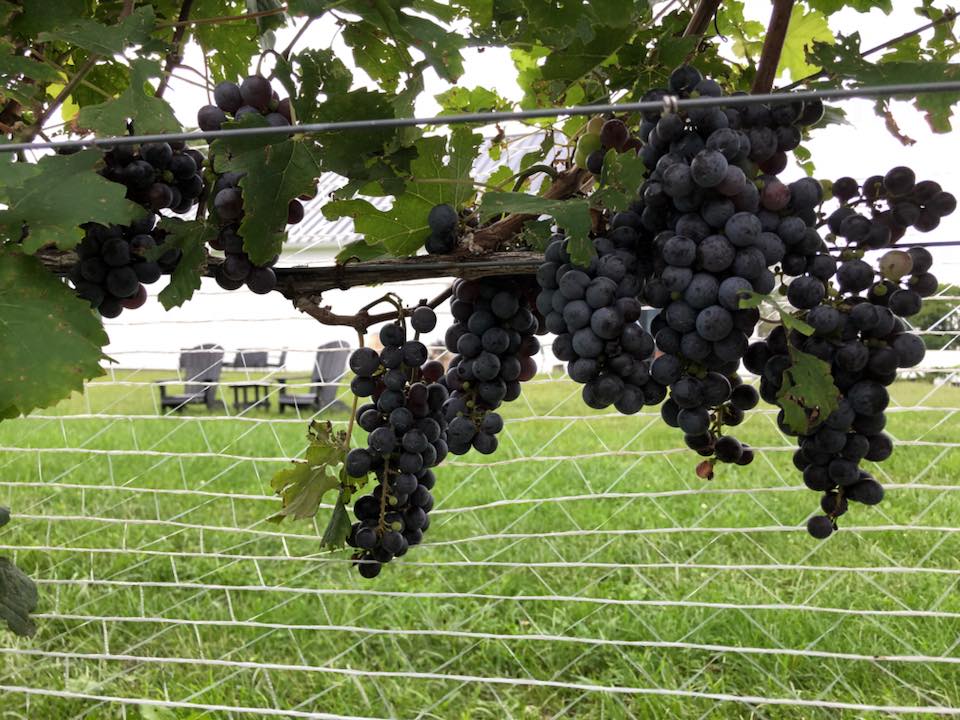
Cabernet Franc grapes at 1723 Vineyards
In addition, Cody says, “A lot of people are doing interesting things with Barbera, like at Va La Vineyards. I’ve been told it’s a little cold tender, but it has the advantage of generous yields. And, I think Petit Verdot works so well here because it comes from the foothills of the Pyrenees Mountains in France, where it’s also wet and can get quite cold.”
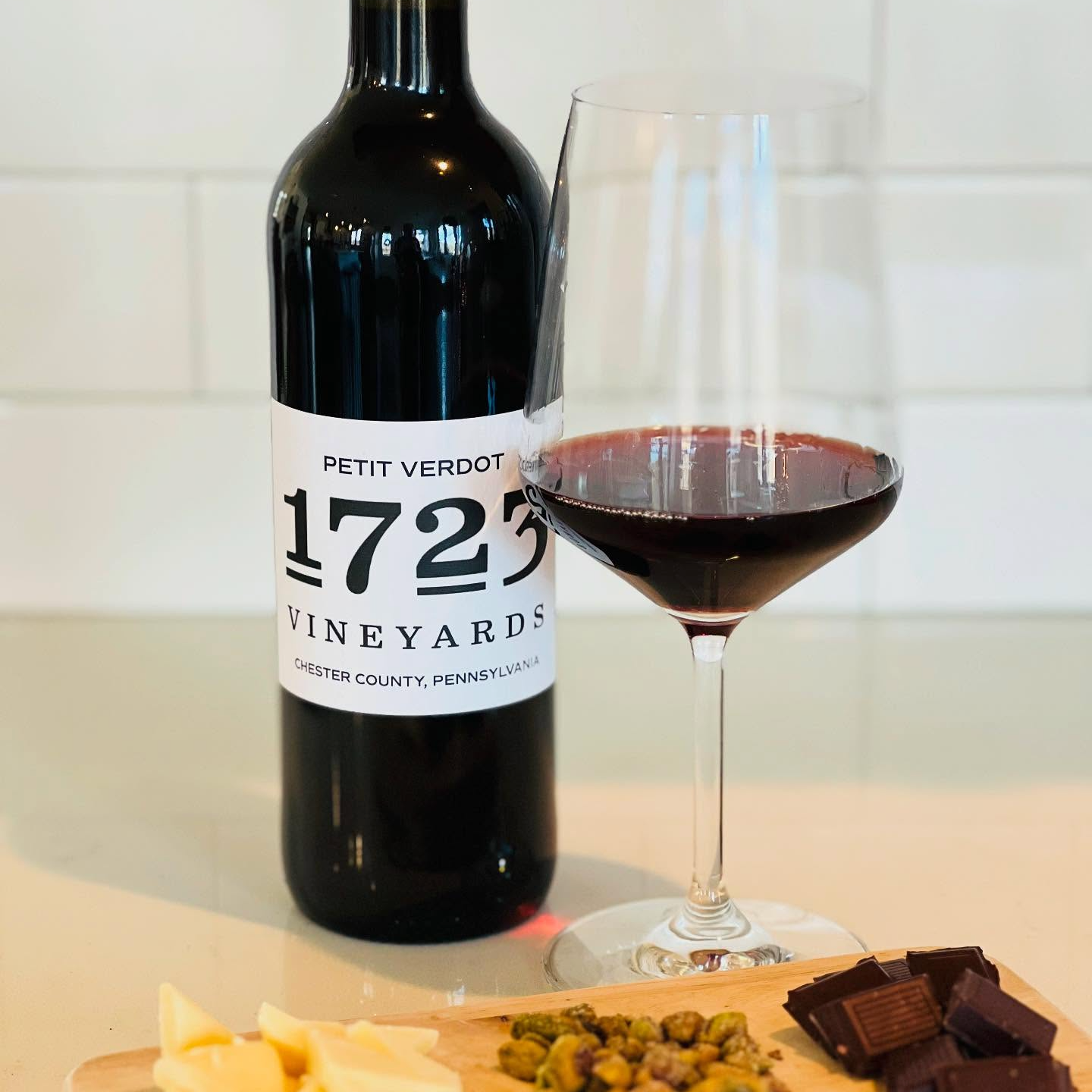
Cody has also planted grafted cultivars from an Italian company, Vivai Cooperativi Rauscedo (VCR), which show tremendous promise. “One cultivar is genetically 98% Merlot and 2% American vines. They bred it back and forth to breed all the cold tenderness and rot susceptibility out of Merlot. I’ve got about 100 experimental vines growing. You only have to spray it a couple of times a year. We had a cold winter last year and, even though it’s a young vine, it did just fine. This year, even with all of this rain, the fruit is pristine and I really love the flavor of the grape. So we’re going to do some more experimentation with these and let it run for a few years to see how they do. If these cultivars pan out, I’ll make a major pivot in that direction and really uplevel our game by an order of magnitude in terms of sustainability.”
Forging the Future
As the Brandywine Valley PVA and other wine producing areas across the state evolve together, connection and conversation is key. Cody says the Pennsylvania Grape and Wine Industry Conference, hosted by the PA Winery Association, PA Wine Marketing and Research Program and Penn State Extension “is a great forum to exchange information on both the vineyard and winemaking sides of the equations as well as wine marketing.” He also says that folks at Penn State, Cornell University, Virginia Tech and University of Maryland do a fantastic job of collaborating and advancing the shared vision of the four neighboring states as they carve out their corner of the wine industry.
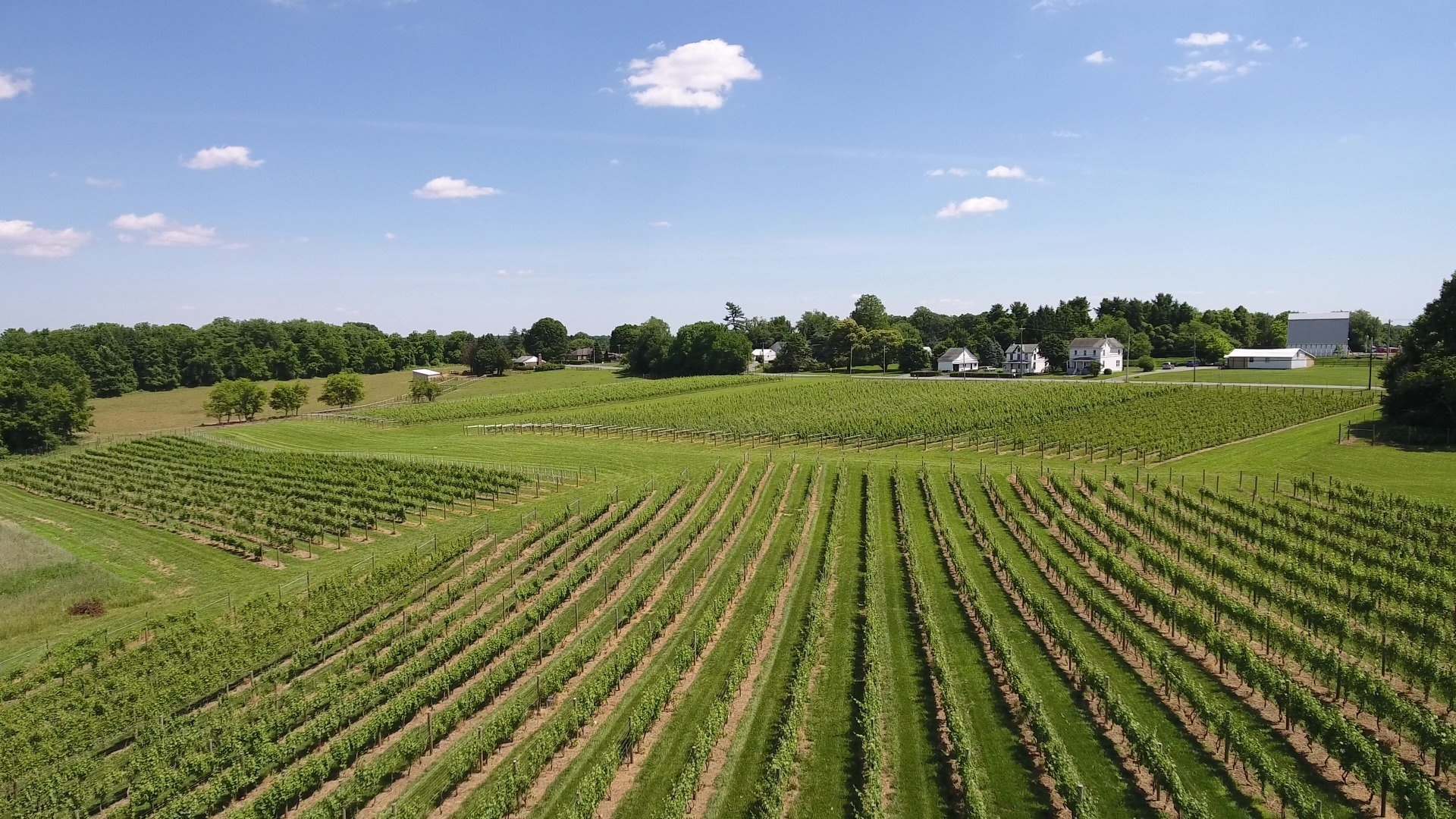
Cody believes Pennsylvania can learn from legendary wine regions across the globe, not only about parallel climates and terroirs, but about marketing its great wine products. “The biggest thing we can learn from France is not necessarily the growing or the viticulture or the winemaking. It’s the marketing and how they have created identities around their wine regions,” he says. “When you’re aligned as a region and grow the grapes that get the regional stamp, that’s a pretty big deal.”
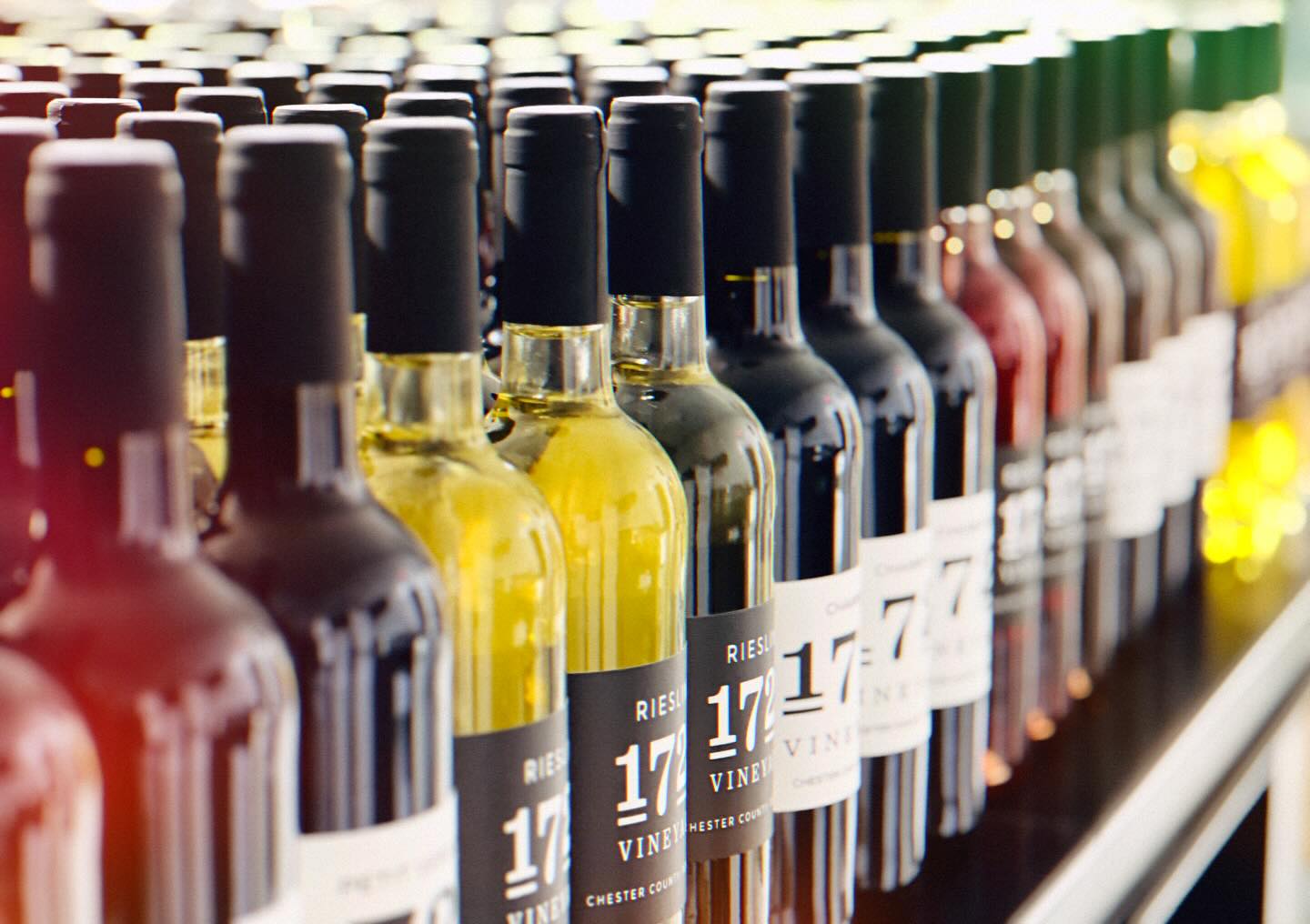
To explore the wineries and wines of the Brandywine Valley PVA for yourself, use the Pennsylvania Winery Association’s itinerary creator to design a custom wine tasting route with a local zip code, like 19382 or 19320. Be sure to try the wines of 1723 Vineyards, which you can order online or taste in person. 5 McMaster Blvd., Landenberg; (888) 330-0526.
The PA Vines & Wines series was created in collaboration with the Pennsylvania Wine Association.
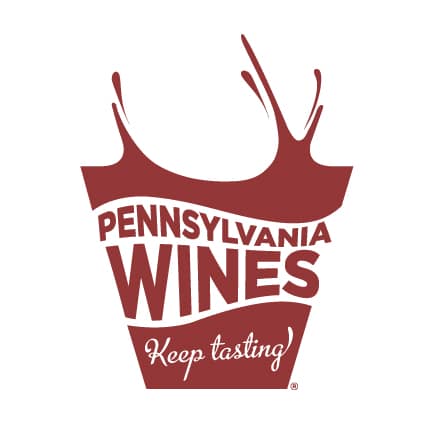
The Pennsylvania Winery Association (PWA) is a trade association that markets and advocates for the limited licensed wineries in Pennsylvania.
- Photos: 1723 Vineyards
